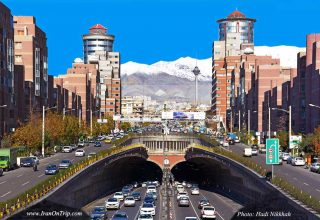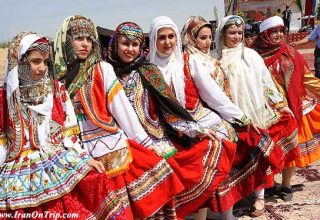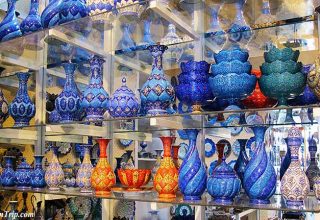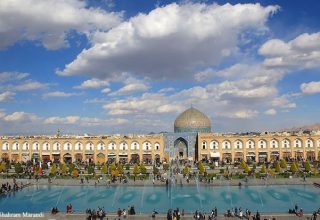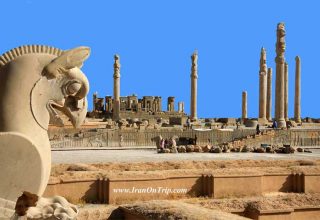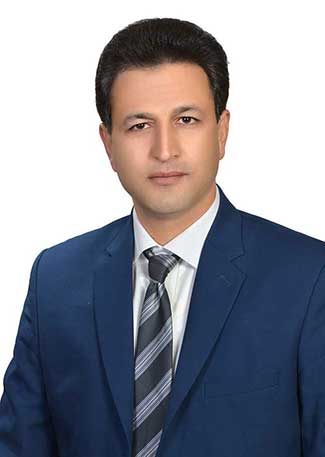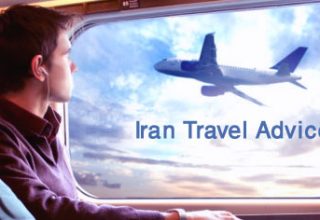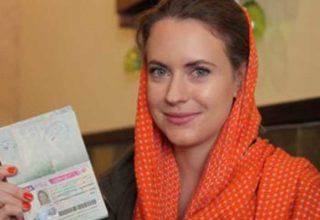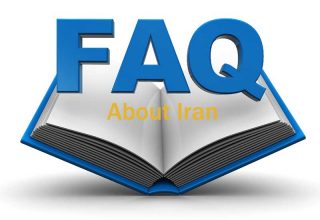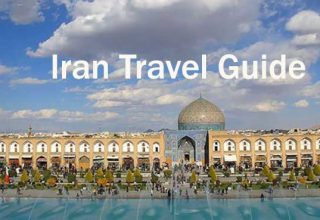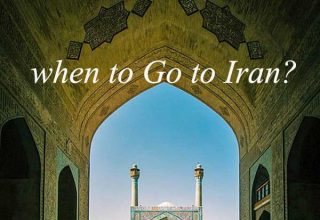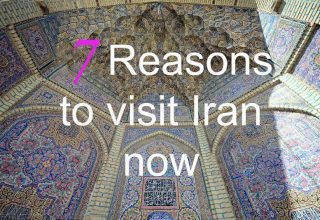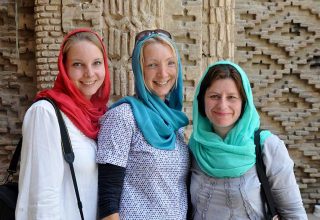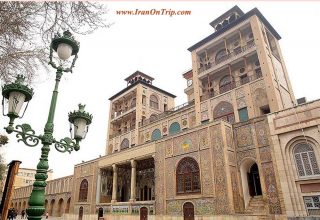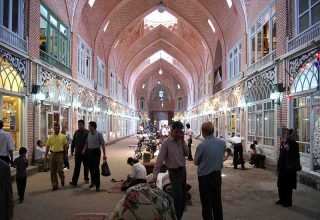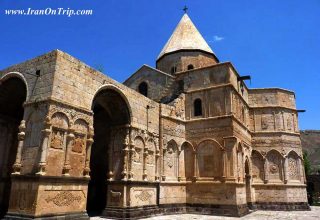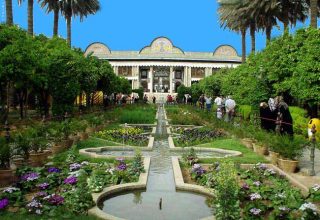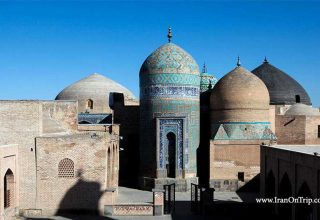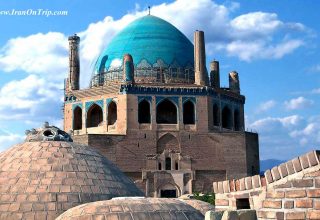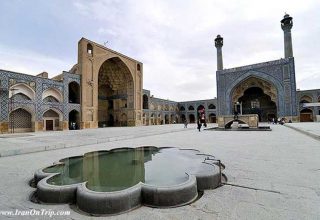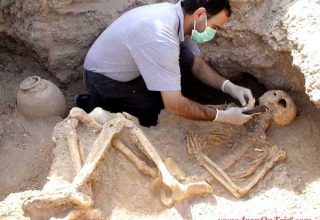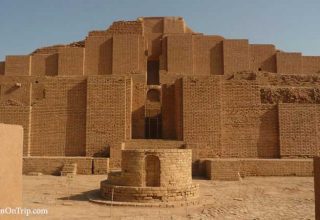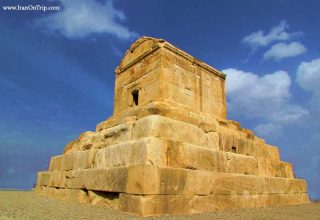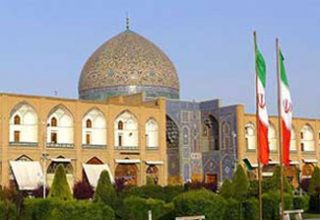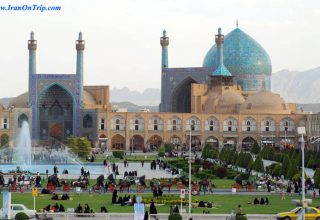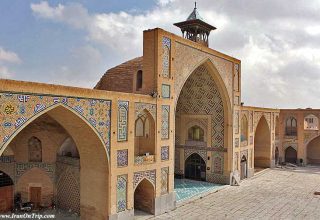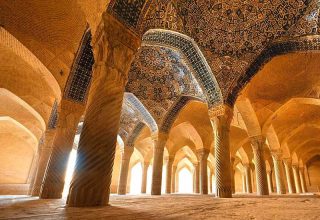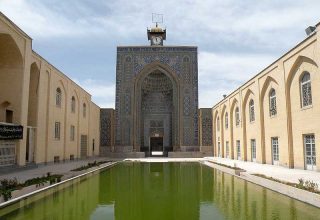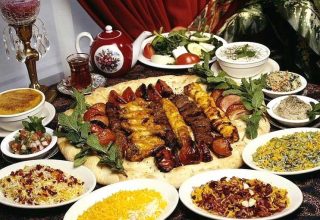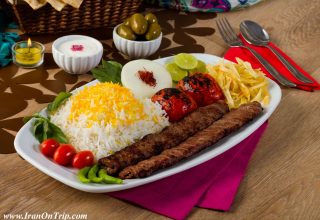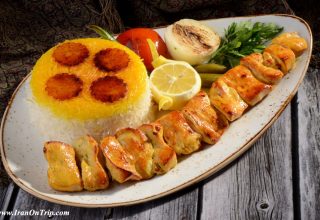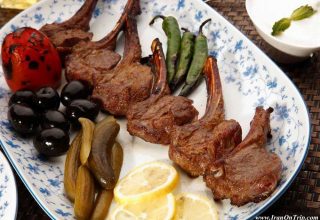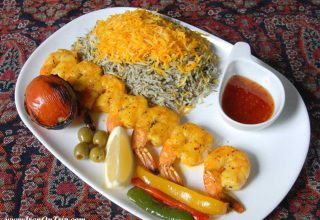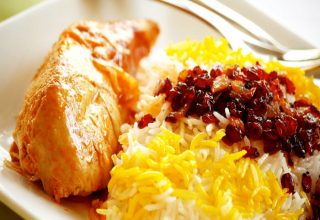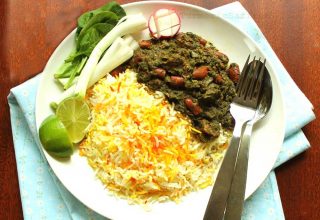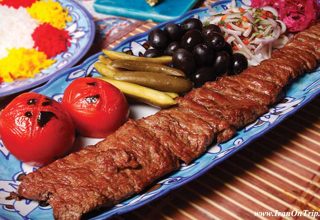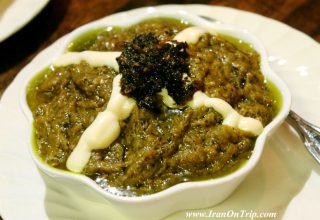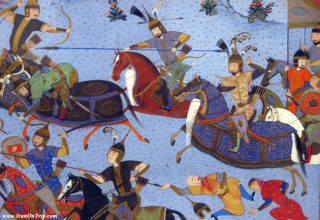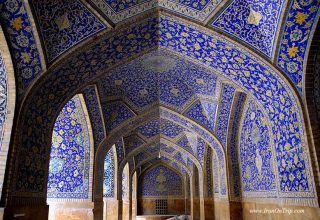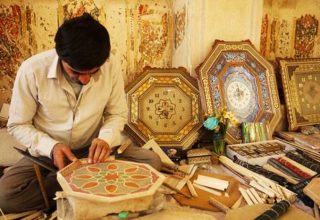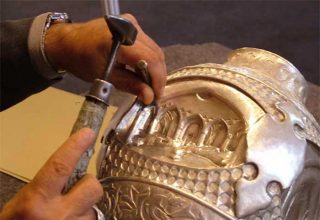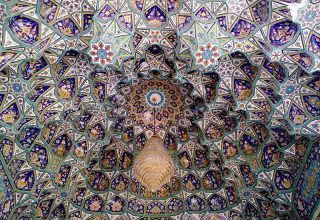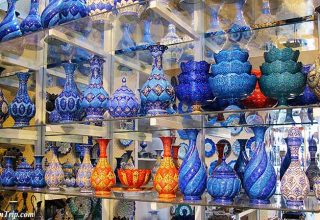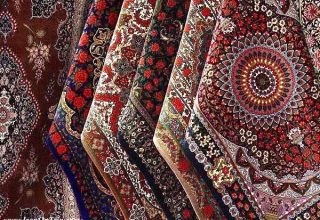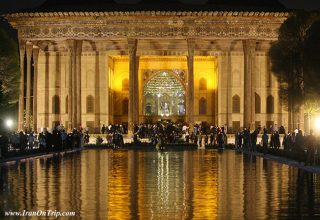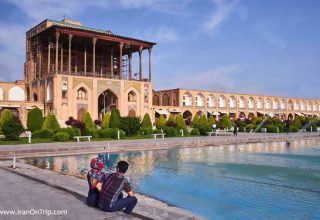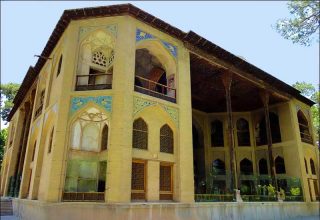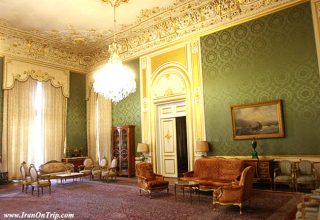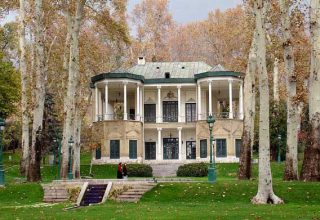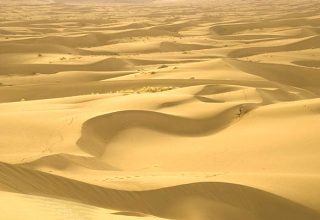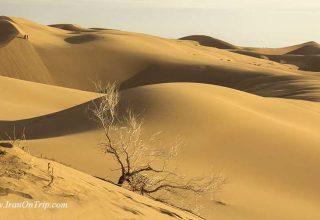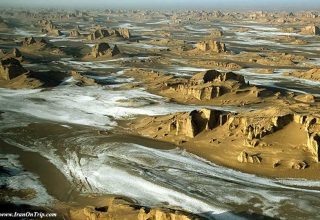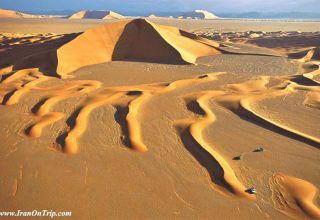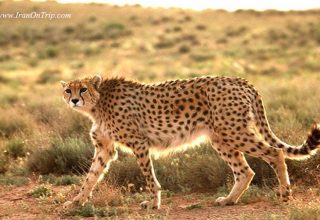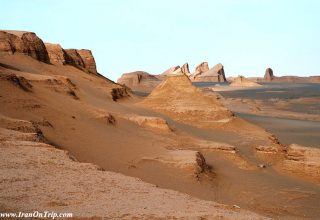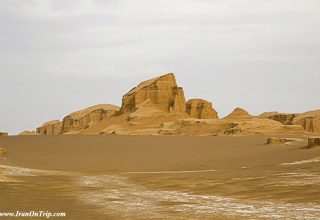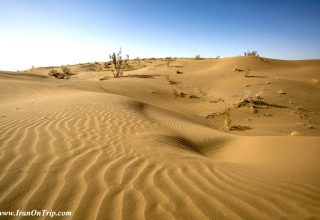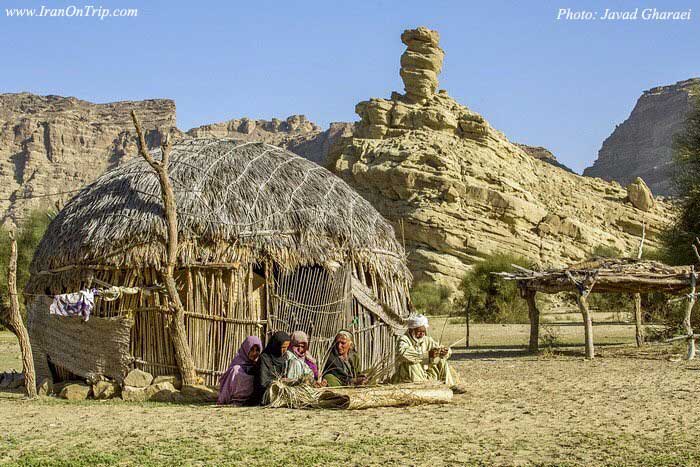
The province of Sistan and Baluchistan is 178,431 km2 (68,893 sq mi) in the south-east of Iran bordering Pakistan and Afghanistan and its capital is Zahedan. Its major cities are Khash, Iranshahr, Saravan and commercial fre port of Chabahar on the coast of Gulf of Oman.
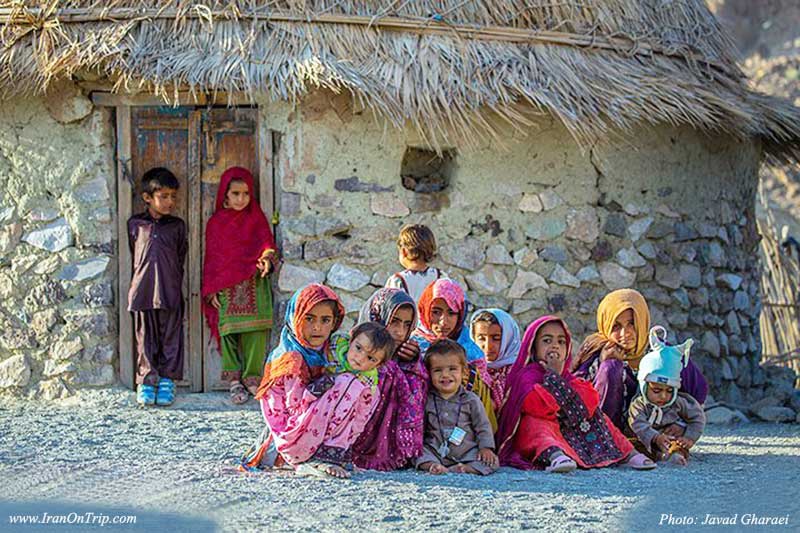
The province comprises of two sections, Sistan in the north and Baluchistan in the south. In the south of Sistan and Baluchistan, the people are mostly Baluchi and speak the Baluchi language. The name Baluchistan means “Land of the Baluchi” in Farsi. Similarly, the Farsi name Sistan comes from the Old Persian Sakastana, meaning “Land of the Saka”.
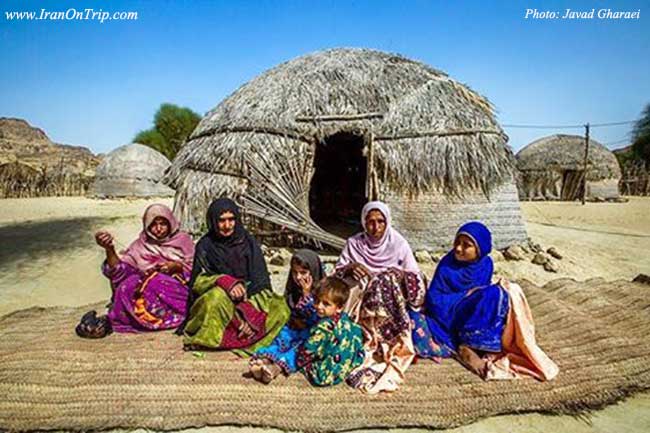
The inhabitants of the province of “Sistan va Baluchistan” continue to embrace their own norms and traditions, and the region has the potential to become one of the sight-seeing areas of Iran. The most tribes of the province are nomads and their means of livelihood, life-style, mode of dwelling, customs and traditions are worth seeing.
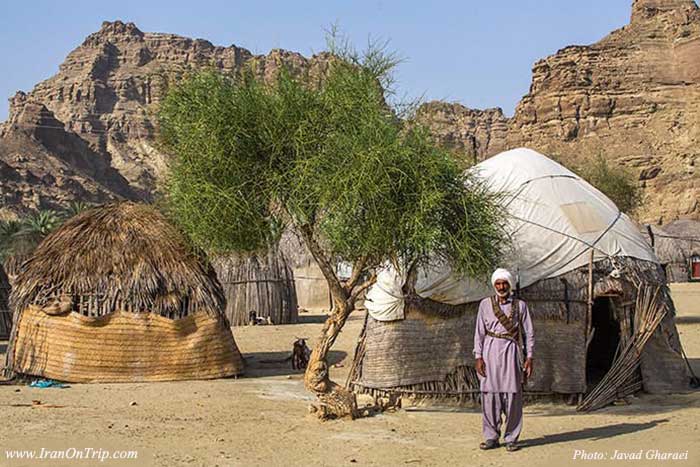
Many scholars, orators, and literary personalities have sprung up from this part of Iran, amongst which are the reputed Farrokhi Sistani, Yaqoub ibn Layth Saffar and Rostam (Great mythical hero and champion from the book of Shahnameh or “The Epic of Kings”).
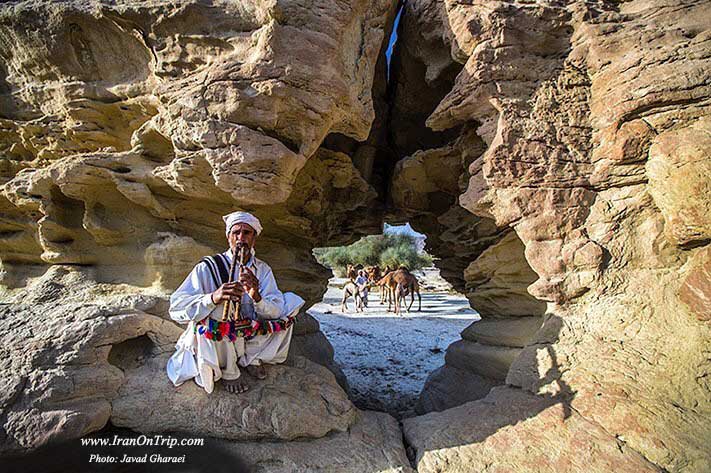
In the epigraphs of Bistoon and Persepolis, Sistan is mentioned as one of the eastern territories of Darius the Great (Darius I of Achaemenid). The name Sistan, as mentioned above, is derived from Saka, one of the Aryan tribes that had taken control over this area in the year 128 BCE. From the Sassanid period till the early Islamic period, Sistan flourished considerably.
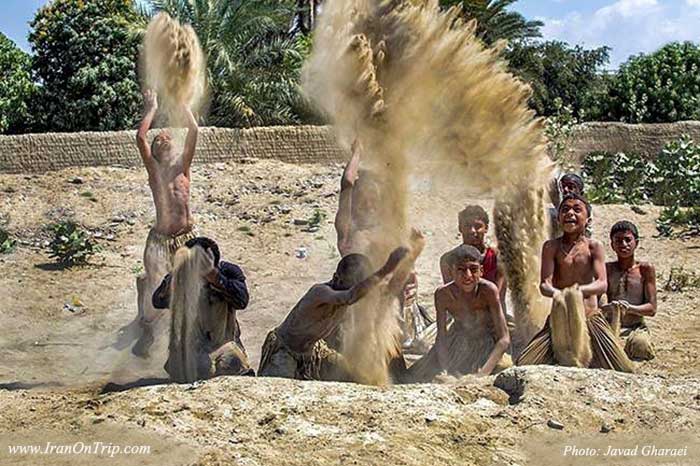
During the reign of Ardashir I of Sassanids, Sistan came under the jurisdiction of the Sassanids, and in 644CE, the Arab invaders gained control as the Persian Empire was in its final moments of collapsing.
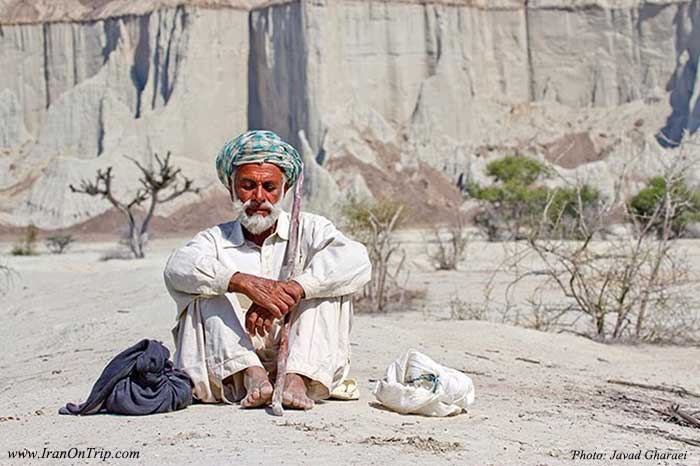
The famous Yaqoub ibn Layth Saffar, whose descendants dominated this area for many centuries, later became governor of this province. Dynasties such as the Saffarids, Samanids, Ghaznavids, and Seljuqs, all ruled over this territory for periods as well. But the region witnessed particularly heavy damage during the Mongol invasion.
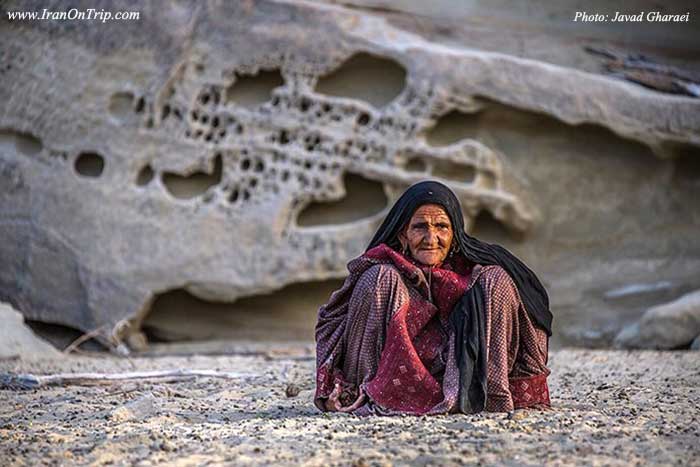
In 1508 CE, Shah Ismail I of the Safavid dynasty conquered Sistan, and during the reign of Nadir Shah of Afsharid due to internal discrepancies, the region underwent turmoil once more.
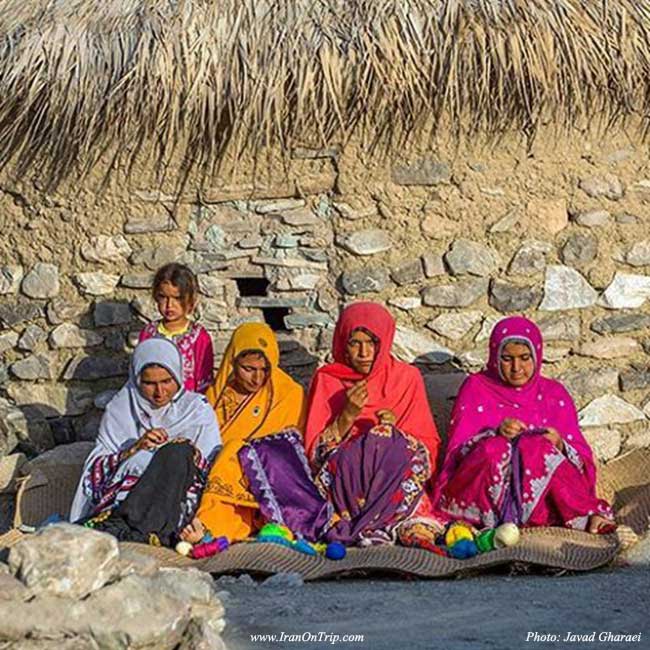
The ancient name of Baluchistan was Moka and through the passage of time it changed to Mokran, which is now the southern sector of Baluchistan. This territory came to be known as Baluchistan from the time that the Baluch tribes settled here. According to the relics discovered in the hillocks of Baluchistan, the history of this region dates back to the 3000 BCE.
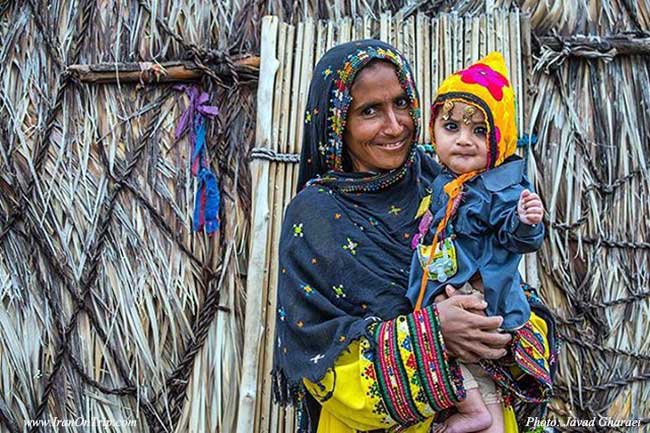
During the reign of, Omar, the second caliph of Islam, this territory was conquered by the Arabs and an Arab commander was assigned as governor. In 916 CE, Baluchistan was conquered by the Daylamids and thereafter the Seljuqs, when it became a part of Kerman.
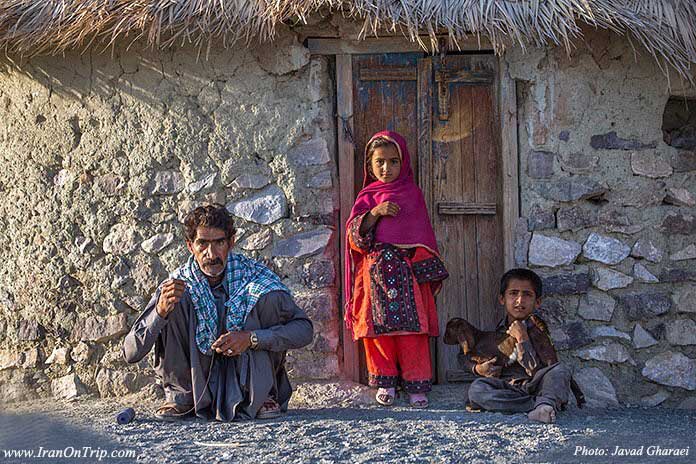
The combined Sistan & Baluchistan province today accounts for one of the driest regions of Iran with a slight increase in rainfall from east to west, and an obvious rise in humidity in the coastal regions. The province is subject to seasonal winds from different directions, the most important of which are, the 120-day wind of Sistan known as Levar, the Qousse wind, the seventh (Gav-kosh) wind, the Nambi or south wind, the Hooshak wind, the humid and seasonal winds of the Indian Ocean, the North or (Gurich) wind and the western (Gard) wind.
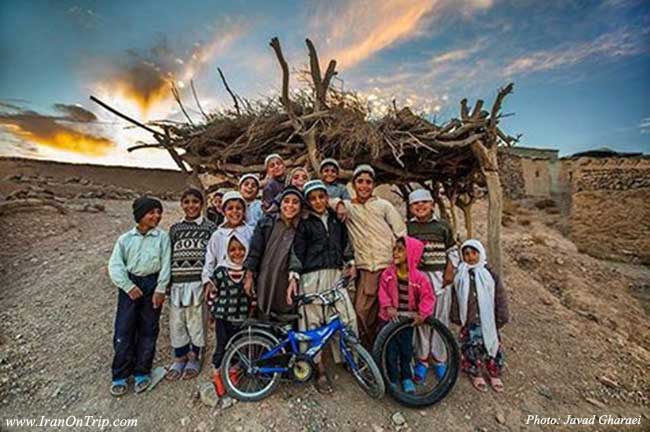
This province today is one of the most underdeveloped, desolate, and poorest of Iran’s provinces. The government of Iran has been trying to reverse this situation by implementing new plans such as creating the Chabahar Free Trading Zone.
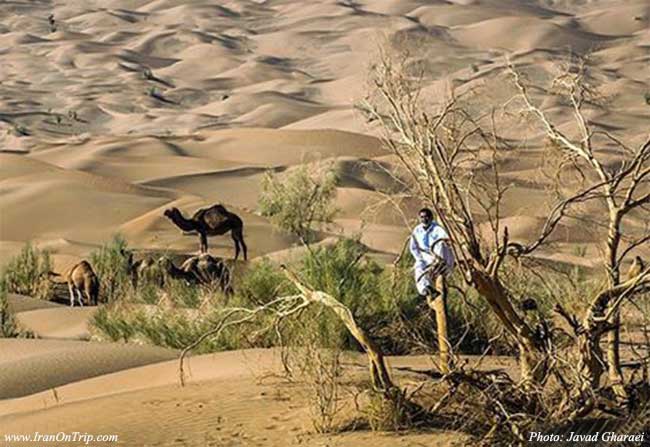
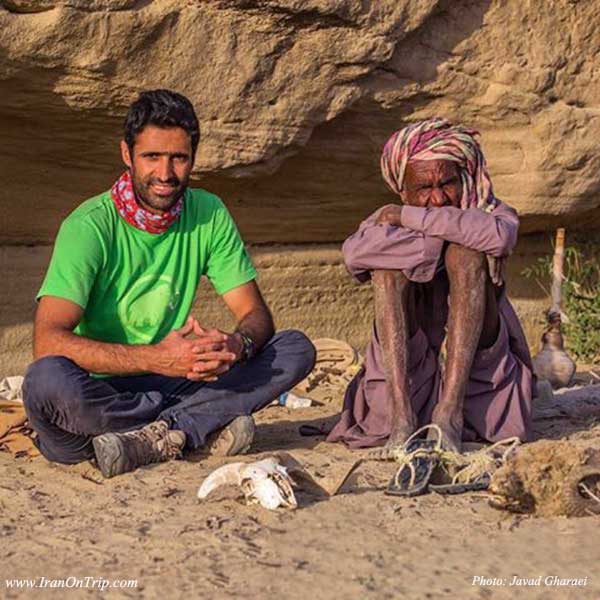
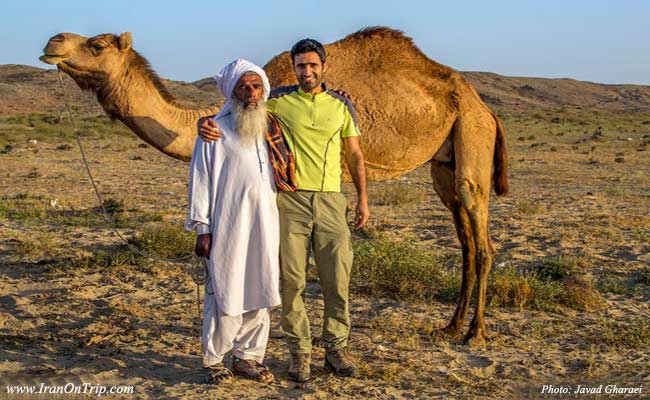

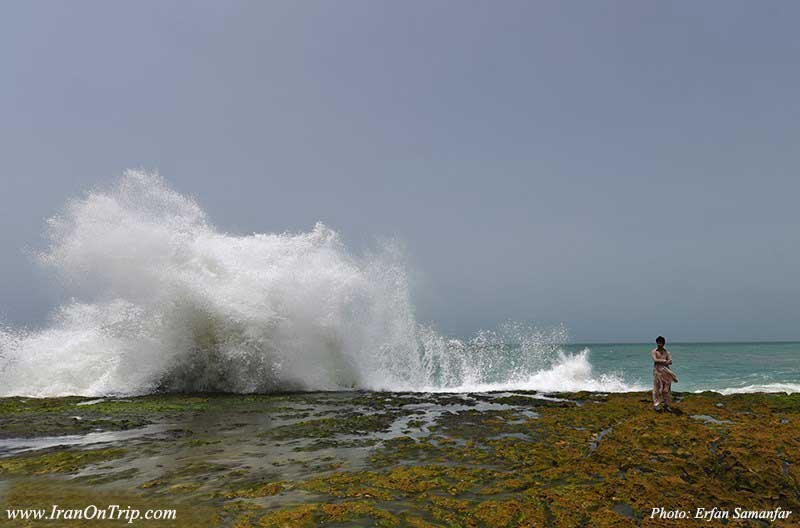
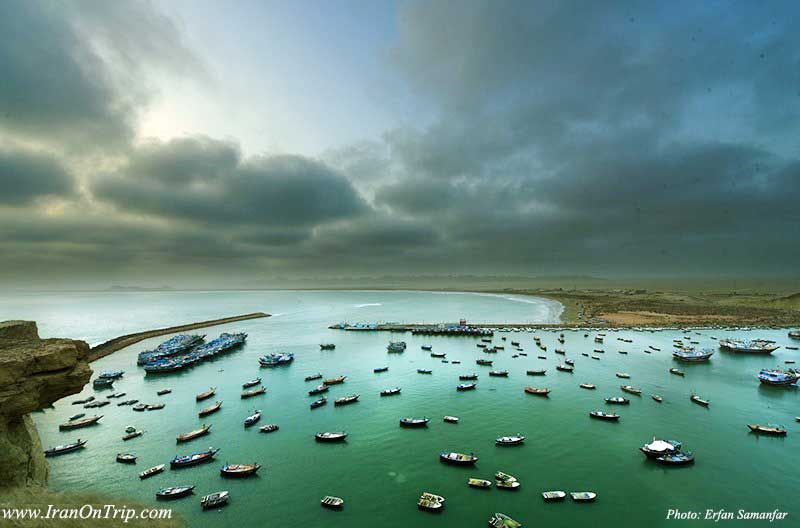
Talk
The native language of the region, Baluchi, related to ancient Persian (Avestan), is spoken in western, southern, and eastern parts of the region. As in the rest of Iran, Persian is also useful.
By plane
Zahedan has a domestic airport which is served frequently from major airports inside Iran.
The new train station connects Zahedan with the Teheran – Bam line. The trip from Teheran takes about 25 hours overnight and departs Teheran railway station at 11:20. As the train station is not situated in the city centre you may need a taxi, to get towards Azadi square.
By bus
Zahedan is connected by bus with all bigger surrounding cities like Bam, Kerman, Zabol and Mashhad (only twice a day). Alternatively Mashhad can be reached via Zabol, where you can catch one of the more frequent running buses to Mashhad.
By car
Savaris connect Zahedan with Bam, Zabol and cities deeper south in Baluchistan, like Khash and Iranshahr. The huge advantage of going by Savari or even “dar basteh” (lit.: closed door; private car) is that you can tell the driver easily to drop you off or stop anywhere for taking photos. Recommended for Shahr-e Sukhteh on the Zahedan – Zabol road about 55km before Zabol.
Get around
By bus
I do not recommend taking the bus into deep Baluchistan unless you speak Farsi or the local dialect well. Your presence will raise interest and gain attention. Also you might find yourself in a situation where your local contacts can’t be reached as there is rarely network service with Irancell and other providers. This of course does not count for the Zahedan – Zabol road, which is well maintained and about to be upgraded and the connection to Mirjaveh at the Pakistani
By far the best way deep into Baluchistan is by car. Either private or hired with driver. Hired in Zahedan he will most likely speak or at least understand the local dialects. Also he might be able to tell you when a situation or location turns dangerous. Still, you might need to argue a lot about your intended stops. Checkpoints are not as common as written in the guidebooks, still there are a few. Focus of military or police officers at checkpoints may reach from your documents to your luggage, as the region is known for drug trafficking. Just remain calm, follow the officers orders and do not overreact or act nervous. Most officers I’ve met knew enough English to make it easy to understand their demands. Roads in general are not better or worse than anywhere else in Iran. A private taxi for a ~800km trip through southern Baluchistan finishing in Bam which took the entire day cost in end of Feb. 2015 around 3500000 Rials, albeit our driver got very unhappy as he realised he could have asked for more.
See
Arg-e Bampur, (northwest of Bampur town)
Gahl’eh Naseri, Iranshahr.
Shahr-e Sukhteh, (55km south of Zabol).
Taftan volcano, (northwest of Khash, visible from N95).
Get out
By plane
There is a connection to Quetta from Zahedan airport.
By train
A train running twice a month connects Zahedan with Quetta in Pakistan. Get a visa before entering Zahedan as it is unlikely you’ll be able to get one at the local Pakistani consulate.
By bus
Regular buses connect Zahedan with Mirjaveh, where you can cross the Pakistani border towards Taftan. Keep in mind there is a 1,5 hours time difference between Iran and Pakistan


